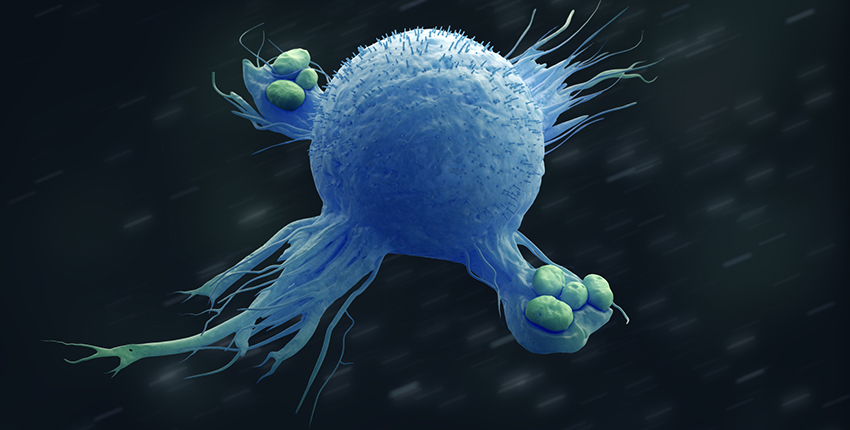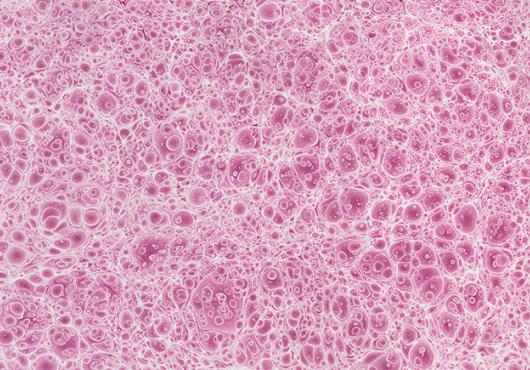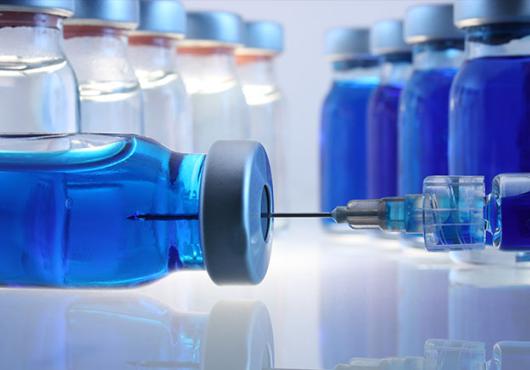
This article is part of Harvard Medical School’s continuing coverage of COVID-19.
A study led by researchers at Harvard Medical School and Boston Children’s Hospital explains for the first time why COVID-19 causes severe inflammation in some people, leading to acute respiratory distress and multi-organ damage.
Surprisingly, the study also finds that antibodies that people develop when they contract COVID-19 sometimes lead to more inflammation, while antibodies generated by mRNA COVID-19 vaccines seem not to.
Findings were published April 6 in Nature. The team was led by Judy Lieberman, HMS professor of pediatrics at Boston Children’s; Caroline Junqueira, HMS research associate in pediatrics at Boston Children’s; and Michael Filbin, HMS assistant professor of emergency medicine at Massachusetts General Hospital.
“We wanted to understand what distinguishes patients with mild versus severe COVID-19,” said Lieberman. “We know that many inflammatory markers are elevated in people with severe disease, and that inflammation is at the root of disease severity, but we hadn’t known what triggers the inflammation.”
Fiery death of immune cells
The investigators analyzed fresh blood samples from patients with COVID-19 coming to the emergency department at Mass General. They compared these with samples from healthy people and from patients with other respiratory conditions. They also looked at lung autopsy tissue from people who had died from COVID-19.
They found that SARS-CoV-2 can infect monocytes—immune cells in the blood that act as sentinels or early responders to infection—as well as macrophages, similar immune cells in the lungs.
Once infected, the team found, both types of cells die a fiery death called pyroptosis that releases an explosion of powerful inflammatory alarm signals.
“In the infected patients, about 6 percent of blood monocytes were dying an inflammatory death,” said Lieberman. “That’s a large number to find, because dying cells are rapidly eliminated from the body.”
Examining the lung tissue from people who died from COVID-19, they found that about a quarter of the macrophages in the tissue were dying.
When the researchers studied the cells for signs of SARS-CoV-2, they found that about 10 percent of monocytes and 8 percent of lung macrophages were infected.
The fact that monocytes and macrophages can be infected with SARS-CoV-2 was a surprise, since monocytes don’t carry ACE2 receptors, the classic entry portal for the virus, and macrophages have low amounts of ACE2.
Lieberman thinks SARS-CoV-2 infection of monocytes might have previously been missed in part because researchers often study frozen blood samples, in which dead cells do not show up.







